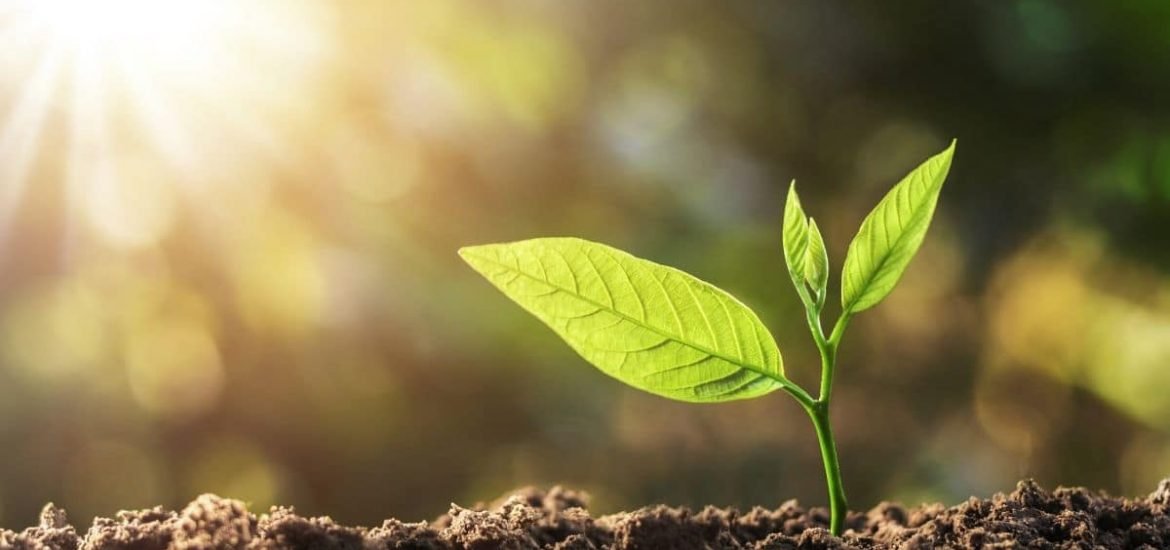
Sunlight is required for photosynthesis, but too much sunlight can damage plants. So, to protect themselves, plants avoid so-called photodamage by expelling excess light as heat. How they achieve this is a topic that scientists have debated for decades. Now, scientists have revealed one of the possible mechanisms to achieve this feat, reported on 10 March in Nature Communications (1).
The team of researchers from the Massachusettes Institute of Technology (MIT) in the US and the University of Pavia and the University of Verona in Italy used a highly sensitive type of spectroscopy to uncover the possible mechanism that plants can use to dissipate excess sunlight as heat.
They found that excess energy from the sunlight, which is absorbed by chlorophyll — the pigment that also gives plants their green colour — is transferred to other pigments called carotenoids, and then released.
“This is the first direct observation of chlorophyll-to-carotenoid energy transfer in the light-harvesting complex of green plants,” said senior author Dr Gabriela Schlau-Cohen at MIT in a statement. “That’s the simplest proposal, but no one’s been able to find this photophysical pathway until now.”
How do plants protect themselves from sunlight?
Energy from sunlight is used by plants to help produce sugar molecules, that store the energy for use by the plant at a later time. But they don’t use all the sunlight they encounter. In fact, plants are known to quickly adapt to changes in sunlight intensity.
For example, only about 30 per cent of available sunlight is converted into sugar extremely sunny conditions, and the rest is dispelled as heat. This prevents the formation of free radicals, which can damage proteins and cellular components of the plant.
The extra energy — in the form of photons — is absorbed by the light-harvesting complex in chlorophylls, and immediately passed nearby molecules called carotenoids, like lycopene and beta-carotene. The carotenoids expel excess photons through rapid vibration and are also extremely good scavengers of free radicals.
Amazingly, the entire process occurs in a matter of femtoseconds, that is, one-millionth of one billionth of a second – really fast. But this also has made it extremely difficult for scientists to observe the phenomenon. However, by modifying a femtosecond spectroscopic technique, the team were able to broaden the spectral bandwidth, i.e., a broader range of energy levels spanning the red to blue light ranges.
The researchers also looked at two different environmental conditions and showed that environmental conditions can affect the rate of energy dissipation.
This new knowledge could help scientists develop new methods to increase crop yields. As Schlau-Cohen explained: “If we understand the mechanism, instead of just upregulating everything […] we could really optimize the system and get to that theoretical maximum”.
(1) Son, M. et al. Observation of dissipative chlorophyll-to-carotenoid energy transfer in light-harvesting complex II in membrane nanodiscs. Nature Communications (2020). DOI: 10.1038/s41467-020-15074-6